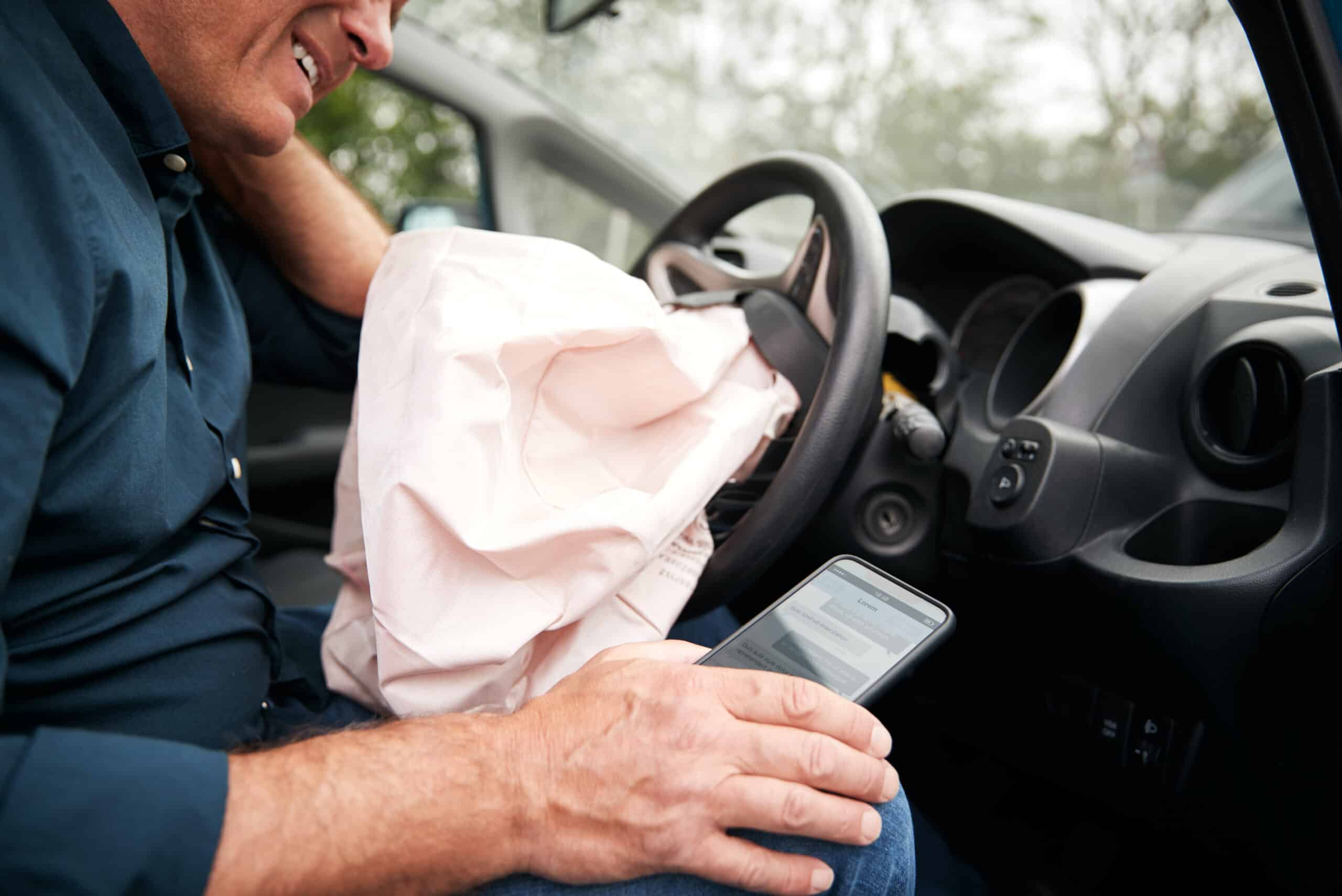What Might Cause an Airbag to Not Deploy During a Car Accident?
When airbags were invented, they were widely viewed as a major advancement in helping drivers and passengers be safer in vehicles that have accidents. The National Highway Transportation Safety Association (NHTSA) says more than 50,000 lives have been saved over three decades because of frontal airbags.
It’s good to remember that airbags were not meant to be used as stand-alone safety features but to be in conjunction with other features, such as seatbelts. Airbags were designed to deploy during a medium or severe crash, not for lighter accidents such as a rear-end in slow-paced heavy traffic. The degree of the accident and other factors, including speed, can affect when an airbag will deploy. For minor accidents, seatbelts are usually sufficient to prevent significant injury. For example, if someone slides slowly off an icy road into a stop sign or hits a small animal, the force of the accident shouldn’t be enough to cause the airbag to deploy. In such cases, the deployment could do more harm than good.
However, there are times when an airbag should deploy and doesn’t. That can lead to worse injuries or even death for the people in the vehicle who might have survived and had fewer injuries if the airbags worked. Here are some common reasons why airbags fail to deploy. This list isn’t meant to be comprehensive but to give some idea of the many reasons the airbag might fail.
Advanced frontal airbag system
If your vehicle is fairly new, it might have this type of system, in which sensors deactivate the airbag if it doesn’t detect a passenger (or if the passenger is a small child). These will also deactivate airbags when a small person sits too close.
Defects
Airbag detection and deployment systems are complex. System and/or manufacturing defects, such as defective sensors, can cause the airbags not to work properly.
Severed electrical wires
In a particularly severe accident, the airbags’ electrical wires may be severed. Once severed, they no longer work.
Airbags not replaced after an accident
Once an airbag deploys, it’s no longer functional and should be replaced. But when dealing with a used car, the previous owners may not have it replaced.
Defective electrical components
As mentioned above, a severe accident could sever electrical connections and make the airbag inoperable. However, there are also situations where the electrical components are defective and don’t work.
Airbag deployed too late
Sometimes, an airbag will deploy after a crash, but it’s delayed until the driver hits the steering wheel. Just because it deployed doesn’t mean it was working correctly.
Airbag deployed too explosively
Airbags can have a significant impact on drivers and passengers when they deploy. Sometimes, the airbag is released with more pressure than necessary, which can cause harm. While it’s rare, there have been situations where an airbag exploded. That can cause as much damage, or even more, than if the airbag didn’t deploy at all.
What Are My Legal Options if My Airbag Should Have Deployed in an Accident and Didn’t?
These can be highly complicated cases, and there’s no one-size-fits-all approach. There are so many factors that come into play, including how many vehicles were involved in the accident, which driver(s) were at fault, and what caused the airbag not to deploy properly. The bottom line is it may not be a cut-and-dried case of suing the manufacturer for an airbag malfunction because other issues may be involved. For example, suppose you were injured in an accident where you were hit hard by someone driving under the influence (DUI), and your airbag either didn’t deploy despite it being a severe accident or deployed incorrectly. In that case, the case may involve pursuing damages from both the airbag manufacturer (if it was a defect) and the drunk driver who caused the accident in the first place. That’s why working with an experienced personal injury attorney is strongly recommended for these cases. Establishing who was at fault for the accident and why the airbag was deployed incorrectly takes time and investigation.
One aspect that affects these types of cases, regardless of why the airbag malfunctioned, is comparative negligence. Different states across the U.S. have varying comparative negligence laws. These are designed to address situations where more than one person is at fault for the accident. In the example above, the drunk driver could be expected to bear much of the fault–but the driver they hit may have been speeding or running a red light. That means they may be assigned some blame, too.
New York’s pure comparative negligence law holds that if the injured person is as much as 99% at fault for the accident, they can still receive 1% of any damages awarded. That means insurance representatives and attorneys for others involved in the accident will want as much blame as possible assigned to the injured party.
What Should I Do if I Was Injured in Accident and the Airbag Didn’t Deploy?
Call Tehrani Law, LLC, as soon as possible at 301-973-6510 to request a free consultation. These are complex cases that could benefit from the advice of knowledgeable, experienced personal injury attorneys. It’s vital to investigate the cause of the accident and why the airbag didn’t deploy as it should, since that can clearly lead to worse injuries than if the airbag appropriately operated.

 301-973-6510
301-973-6510 Email Us Now
Email Us Now




